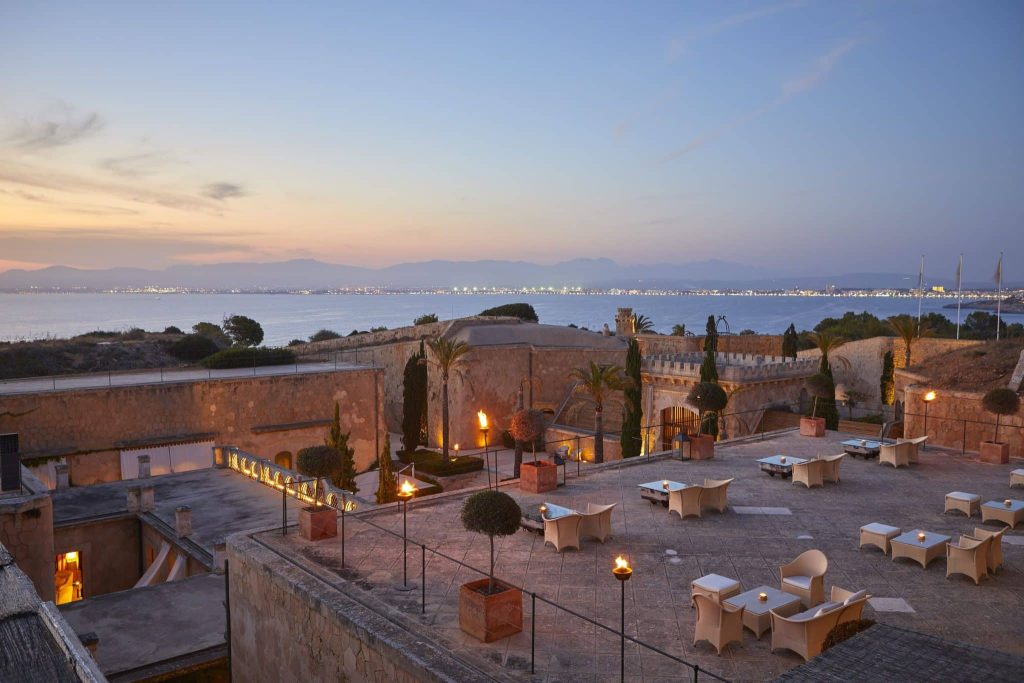The Cap Rocat Festival is an initiative by Antonio Obrador, a distinguished professional in the fields of architecture and design, who founded the festival in 2021 with the vision of fostering and promoting culture in the islands, as well as offering a unique musical experience, with concerts in the extraordinary venue that is the Cap Rocat Hotel.
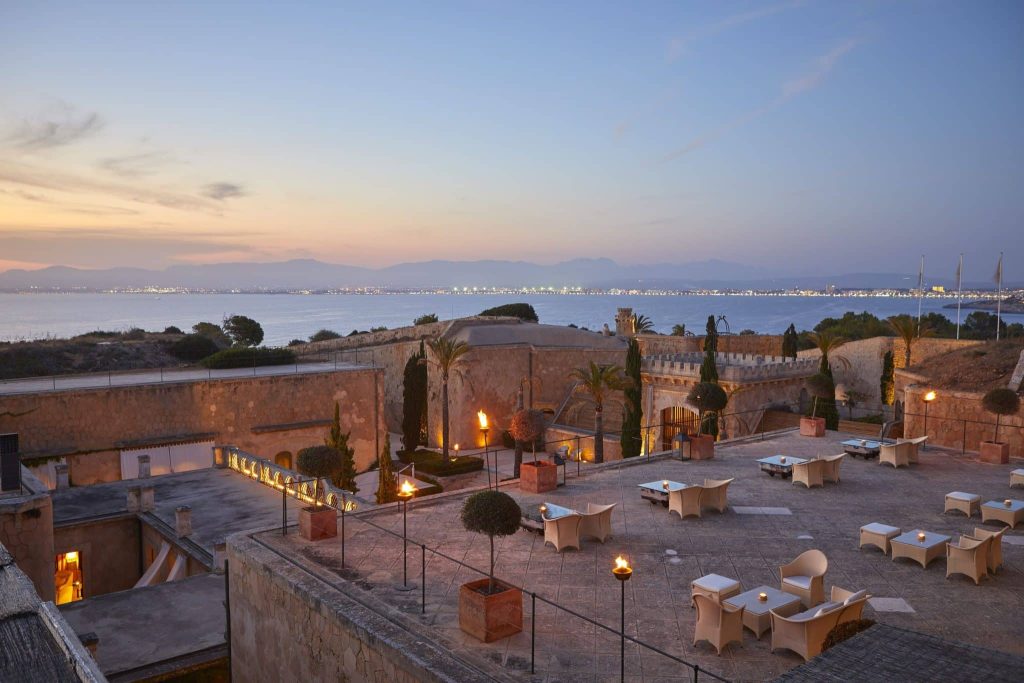
Cap Rocat`s architecture is defined by its conversion of a 19th-century military fortress into a luxury resort hotel. The design, by architect Antonio Obrador, emphasizes preserving the building´s unique character whie integrating modern comforts and respecting the natural environment. The fortress, cleverly built into the cliffs, is largely invisible from the mainland and sea, with only rooftop Terraces visible on the horizon. Obrador`s design transformed the utilitarian spaces of the fortress into luxurious accommodations, adding contemporary touches and high-end features while maintaining restraint. Obrador`s design incorporates playful nods to the fortress`s military past, such as using bullets as door handles and gun carriages as coffee tables. The project recognition for its design and historical preservation including the Europa Nostra Award. What could be a better place, to present classical music.
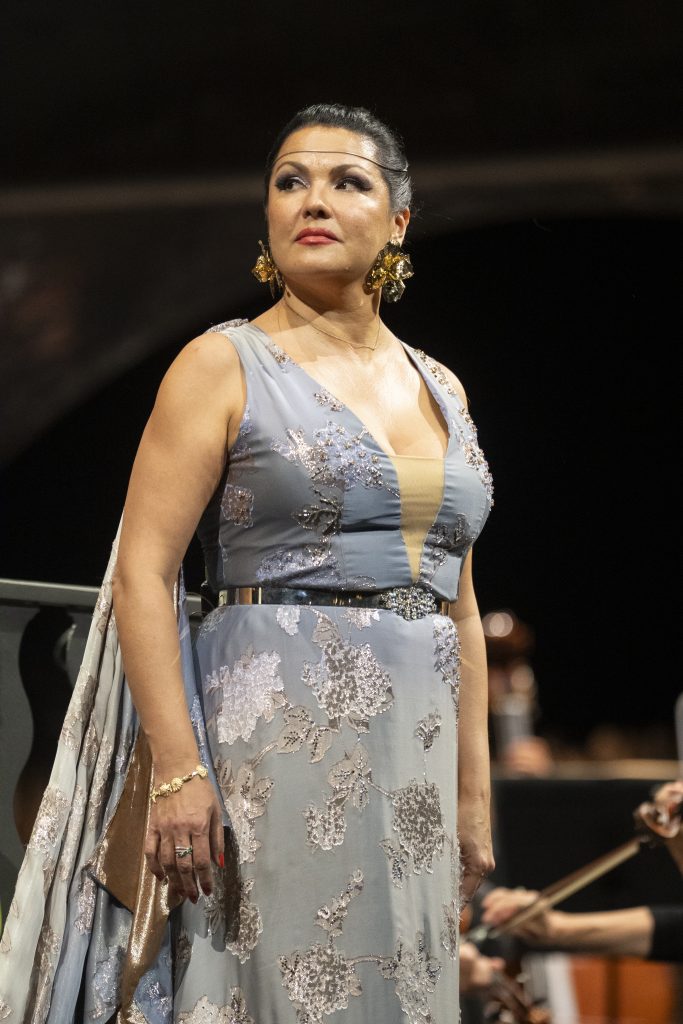
Classic automobiles are a part of a cultural heritage and are considered as a treasure. Of course, the same applies to classical music where people are caught in emotions and romance and enjoy wonderful incomparable moments. These two things go together very well. They keep the cultural treasure up..A presentation of music can definitely not find any better place than wonderful Cap Rocat in Palma de Mallorca in a unique setting. I had the pleasure to attend on Sunday, 3rd August, Nabucco, one of Giuseppe Verdi’s most famous operas, presented at the festival in concert version, featuring Anna Netrebko in the role of Abigaille. Netrebko, regarded by many as the prima dona of the 21st century, made her Spanish debut in this role, considered one of the most challenging and demanding for a soprano. She was joined by a stellar cast including Gabriele Viviani (Nabucco), Christian Van Horn (Zaccaria), Francesco Demuro (Ismaele), Caterina Piva (Fenena), Manuel Fuentes (The High Priest), Moisés Marín (Abdalo), and Caterina Marchesini (Anna).
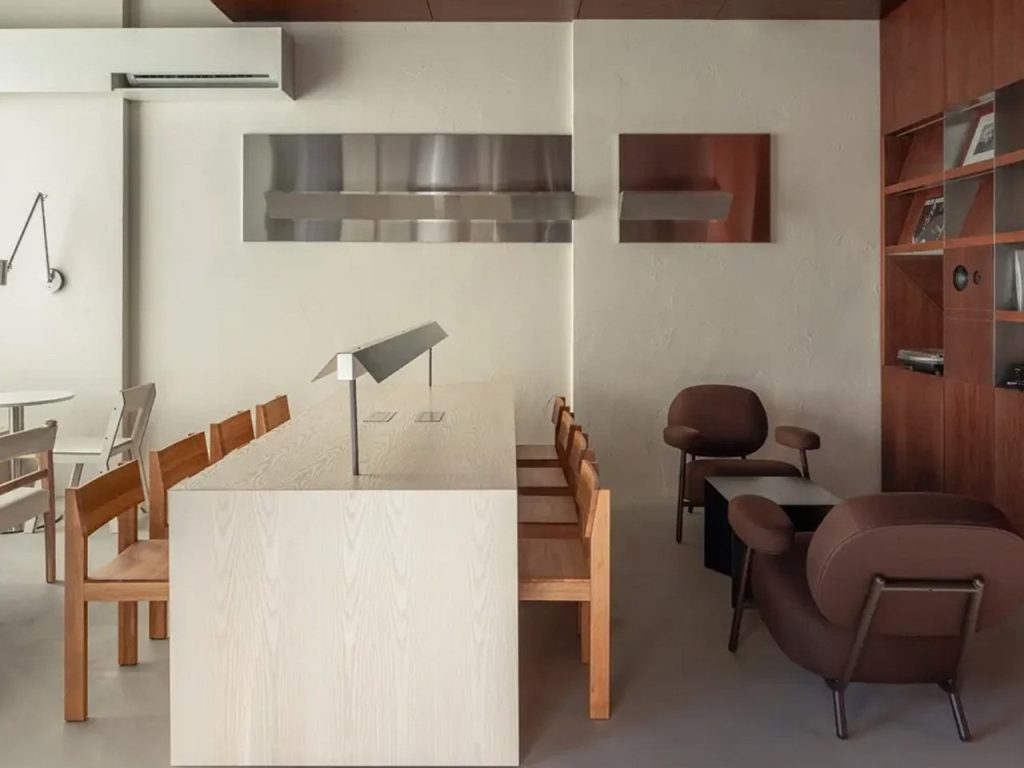
Even nowadays, we are coming back to classic designs and integrating modern features like this tiny cafe – which fuses coffee culture with vinyl & books for a new generation. The beauty is apparent in their approach to acoustic design. Instead of fighting the inherent tension between quiet reading spaces and areas where people want to play vinyl, they’ve embraced it completely. Walk through and you’ll notice how the wood veneer creates these intimate pockets perfect for getting lost in a book with your cortado, while the metallic elements in the vinyl zones actually enhance the listening experience. It’s spatial design that serves the ritual, not the other way around. The material palette displays some real restraint and intention. These aren’t Instagram-ready surfaces chosen for a photo; every texture chosen serves the experience. The sound-absorbing materials in reading areas actually let you concentrate, while the harder surfaces in music zones give vinyl the clarity it deserves. It’s a smart and considerate design that improves how you actually use the space, which is something we don’t see enough of in cafe design these days. Lighting design here deserves special mention. They’ve layered task and ambient lighting in ways that support different activities throughout the day. Morning coffee and newspaper? Perfect. Evening vinyl session with friends? Equally perfect. The natural light integration keeps you connected to the city rhythm outside while maintaining the intimate atmosphere inside.

This cafe is perfect for cafe lovers since it respects the culture of each element, coffee, books, vinyl, without trying to force them into some artificial harmony. The space acknowledges that sometimes you want the social energy of discovering new music, and sometimes you need the solitary pleasure of reading with your coffee. Both experiences coexist beautiful.Even a bliss of beauty is the Mandai Rainforest Resort by Banyan Tree. The architectural strategy centers on seamless integration with the existing forest ecosystem, carefully positioned the resort within the footprint of former back-of-house facilities, minimizing disturbance to surrounding vegetation while maximizing the site’s natural assets. Trees of conservation value were retained while introducing native species to enrich the biodiversity. Rooftop forests and living facades expand the green surface area beyond the original site conditions. The open-air lobby allows tropical breezes to flow through the space while reducing mechanical cooling loads. Regenerative hospitality transforms how resorts and hotels interact with their natural environment. Unlike traditional eco-friendly practices that focus on reducing harm, regenerative hospitality actively restores and enhances the destinations where hotels and resorts operate. This emerging paradigm seeks to leave communities, ecosystems, and cultural landscapes better than they were found.Properties built on regenerative principles become living ecosystems that nurture biodiversity and empower the local people without disrupting their lives. These thoughtfully designed spaces function as engines of positive change, encouraging both environmental healing and community growth. The seed pod treehouses are the project’s most alluring architectural achievement. These organically shaped structures float within the forest canopy, their curved forms seamlessly aligning with the natural geometry of branches and leaves. The organic forms proudly showcase biomorphic design without sacrificing comfort or functionality. The structure’s elevated position provides natural cooling through cross-ventilation while offering immersive canopy views that change throughout the day.
The Super Low Energy certification requires 40% less energy consumption than comparable properties, achieved through passive design strategies and renewable energy systems. Mixed-mode air conditioning allows natural ventilation when conditions permit, while solar panels contribute to the resort’s energy independence. Natural materials and locally-sourced elements reduce embodied energy while creating authentic connections to Singapore’s tropical context. The resort’s spa and wellness facilities extend the biophilic design philosophy into intimate therapeutic spaces. The 345-square-meter spa features three spa pavilions and three wellness pods nestled within a forest setting, where the sounds of wildlife replace traditional ambient music. Wellness programming takes advantage of the natural environment, with forest bathing sessions and outdoor yoga platforms that blur the boundaries between built and natural.
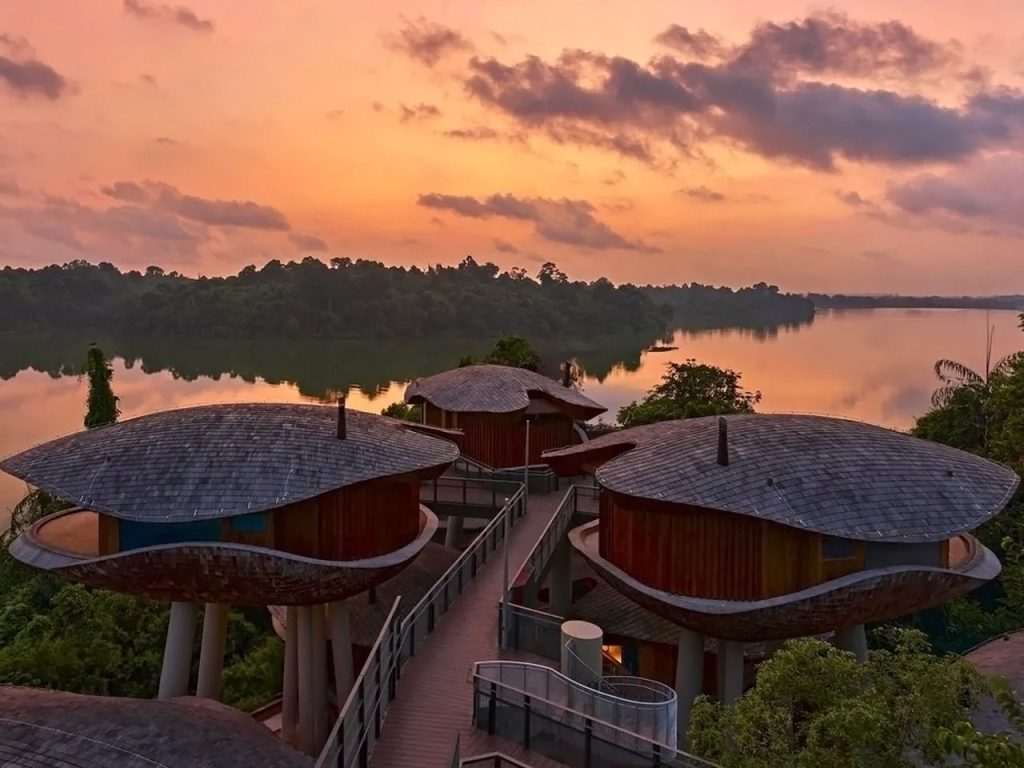
Hopefully, these festivals will continue and the progress in building substainable projects worldwide.
Yours
Brad Smack.
You may also like
-
30-Love for the Best Tennis Clubs of Mallorca.
-
Hull Yeah: Mallorca’s Biennial Axoparty Rocks the Med
-
Mallorca Design Day closes its fifth edition with a grand gala at the Fàbrica Ramis, highlighting emerging talent and the transformative power of design.
-
Electrifying Substance
-
A Short Vacation on The Balcony

